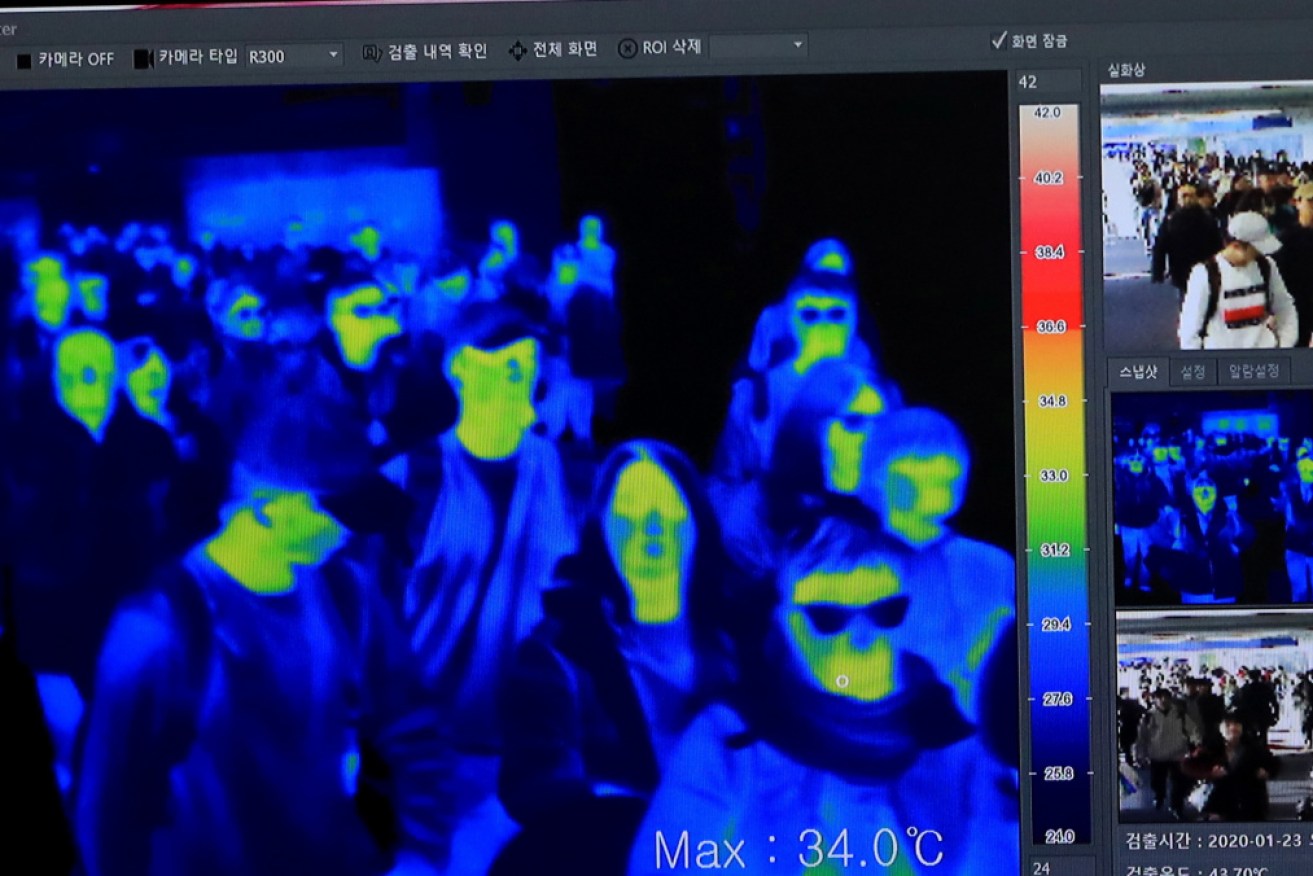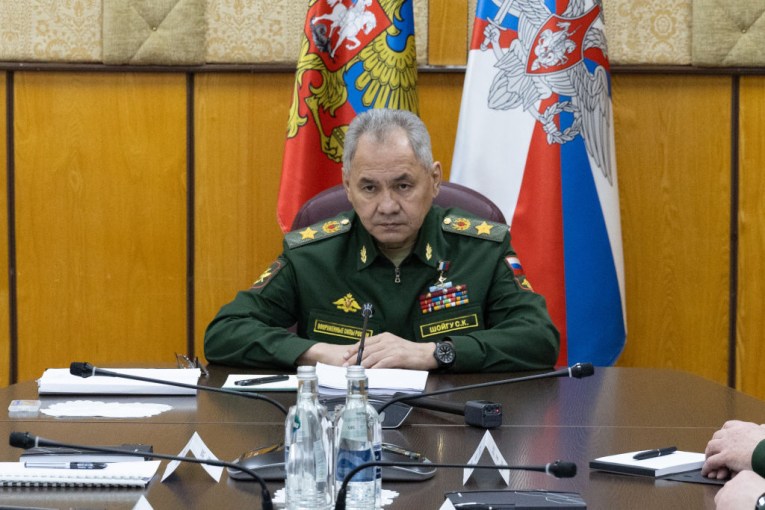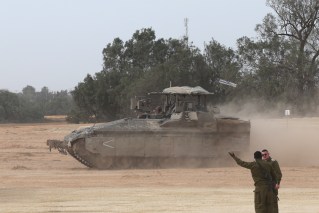At least 11 tested in Australia as deadly coronavirus spreads


China's coronavirus death toll climbs daily as at least 11 people were tested in Australia on Thursday. Photo: AAP
Australian health authorities have tested at least 11 people for the deadly coronavirus as the death toll rises to 25 in China.
Queensland’s Chief Health Officer Dr Jeannette Young said two people are being tested for the new respiratory virus on Friday while four others have been tested and cleared.
In NSW, a third person was being tested on Thursday and on Friday another four were being tested, according to the ABC.
Just four hours after direct flights from Wuhan to Sydney (which run three times a week) ceased, and ahead of the Chinese New Year on Saturday, more than 11 million people have been banned from traveling outside Wuhan, the epicentre of the coronavirus detected last month.
The city’s urban transport system is also in lockdown and outgoing flights have been suspended.
China’s National Health Commission says the number of cases of the virus has risen to 830 while there have been 25 deaths.
Across the country, Chinese authorities have locked down six cities in Hubei province including Wuhan, Huanggang, Ezhou, Chibi, Qianjiang and Xiantao, the ABC reported.
However, there are varying reports on the number of cities with imposed travel bans, as the South China Morning Post reports eight cities are now subject to travel bans.
The update on Friday morning also confirmed the first death outside the central province of Hubei.
The health commission in Hebei, a northern province bordering Beijing, said an 80-year-old man died after showing symptoms upon his return from a two-month stay in Wuhan to see relatives.t
Elsewhere, Thailand has confirmed four cases, and the United States, Singapore, Taiwan, South Korea and Japan have each reported one.
In the UK, 14 people have been tested with five confirmed negative and another nine awaiting results.
Airports worldwide are screening passengers arriving from China.
Five people were tested in Scotland for coronavirus and one person in Belfast showing symptoms was treated.
Taiwan has banned anyone from Wuhan from going to the island.
Critical border security issue
Home Affairs Minister Peter Dutton told the Nine Network on Friday Australia had the best protocols in place to contain the virus.
“I think people should recognise that in a country like ours the health services are the best prepared, best able to respond, and they can quarantine people very quickly.”
As passengers and crew wearing facemasks disembarked from a Wuhan to Sydney flight on Thursday, NSW Health had doctors and nurses experienced in infection control at the airport working alongside the Australian Border Force. Virology experts were also there.
No ill passengers were found on the flight. However, those exposed to the virus may not display flu-like symptoms for up to a week.
Crossbench senator Rex Patrick questioned why only flights from Wuhan were being screened by biosecurity staff.
“More than 40 direct China flights will arrive in Australia today,” Senator Patrick said on Friday.
“Why aren’t all direct flights being screened?”
“Biosecurity screening of all flights from China will not prevent but would likely help slow entry of the virus into the Australian population,” Senator Patrick said.
“Much better to be prudent than late. This is a critical border security issue.”
The previously unknown virus strain is believed to have emerged late last year from illegally traded wildlife at an animal market.
WHO says ‘too early’ to declare global health emergency
Victoria’s chief medical officer said he was “surprised” the World Health Organisation said it was “a bit too early” to declare a coronavirus a global health emergency.
After the body met in Geneva, WHO Emergency Committee panel chair Didier Houssin said a designation would have required countries to step up the international response.
“Make no mistake, though, this is an emergency in China,” said WHO chief Tedros Adhanom Ghebreyesus.
“It has not yet become a global health emergency. It may yet become one,” he said.
I’m surprised that no global public health emergency declared today but it’s clear that this outbreak presents a huge challenge for China and the world. We’re ready to respond in Victoria and I urge everyone to follow trusted sources of information. @WHO https://t.co/8LH4uvW6w1
— Chief Health Officer, Victoria (@VictorianCHO) January 23, 2020
As world health authorities scramble to contain the spread of the virus, research teams are already working on developing potential vaccines, the Coalition for Epidemic Preparedness Innovations said.
The plan is to have at least one potential vaccine in clinical trials by June.
Preliminary research suggests the virus was passed to humans from snakes, but Chinese government medical adviser Zhong Nanshan has also identified badgers and rats as possible sources.
University of Queensland researchers are among the global race towards a vaccine, saying distribution worldwide could be done in less than six months using rapid response technology known as molecular clamp that’s proven effective against other viruses in lab conditions.

The virus can be transmitted from human to human. Photo: ABC
The team already has the genetic sequence of the coronavirus and will use that to produce a protein the same as what is on the surface of the virus.
It’s that protein that engages the body’s immune defences.
“By injecting that we can get an optimal immune response in people that affords protection,” says Dr Keith Chappell, from UQ’s School of Chemistry and Molecular Biosciences and the Australian Institute for Bioengineering and Nanotechnology.
Dr Chappell says his team has a gruelling few months ahead, but they will do everything they can to have a safe vaccine available by the end of July or sooner if possible.
“That is our goal. It’s an incredibly difficult time frame, but we’ll do do our best,” he has told ABC radio.
-with agencies






